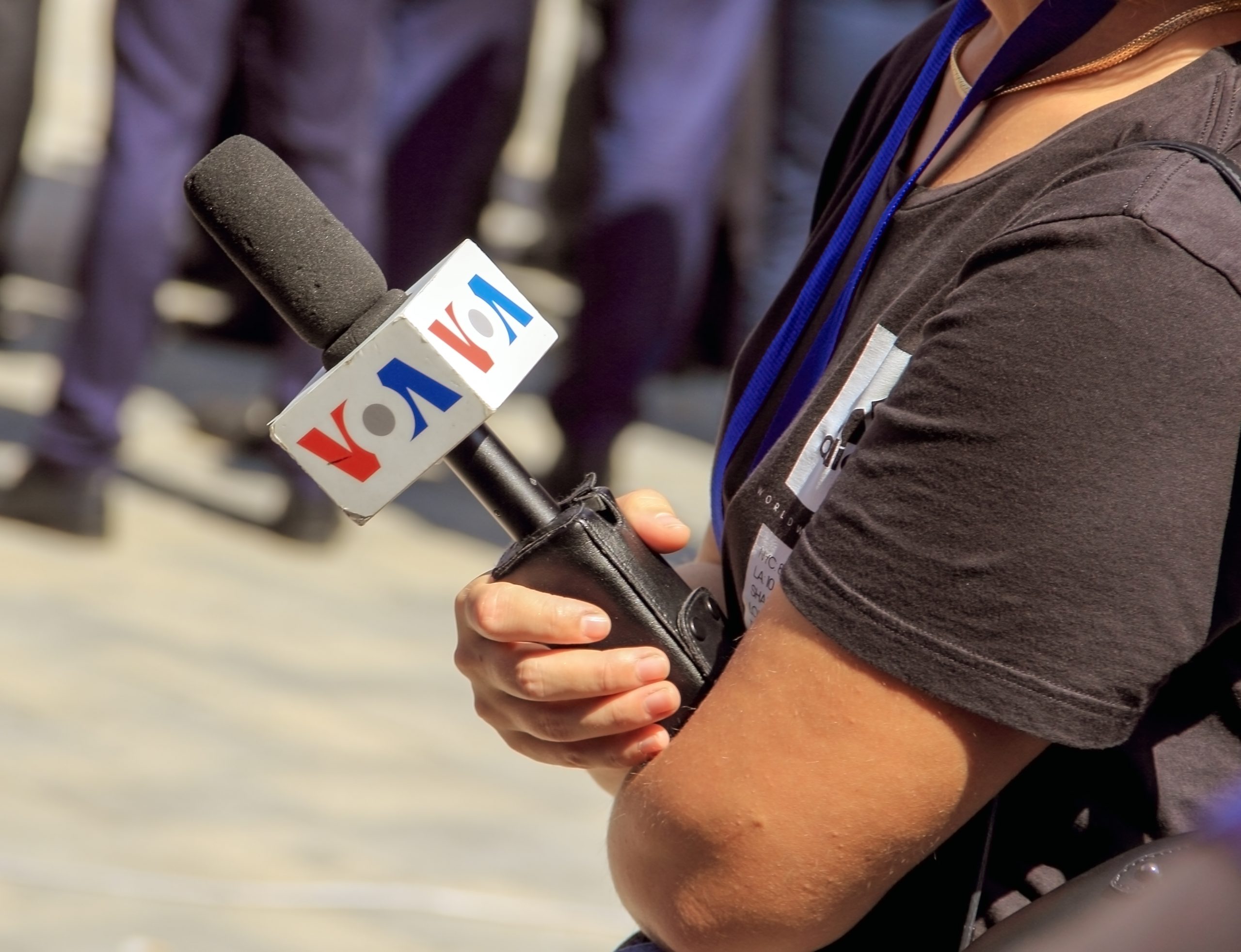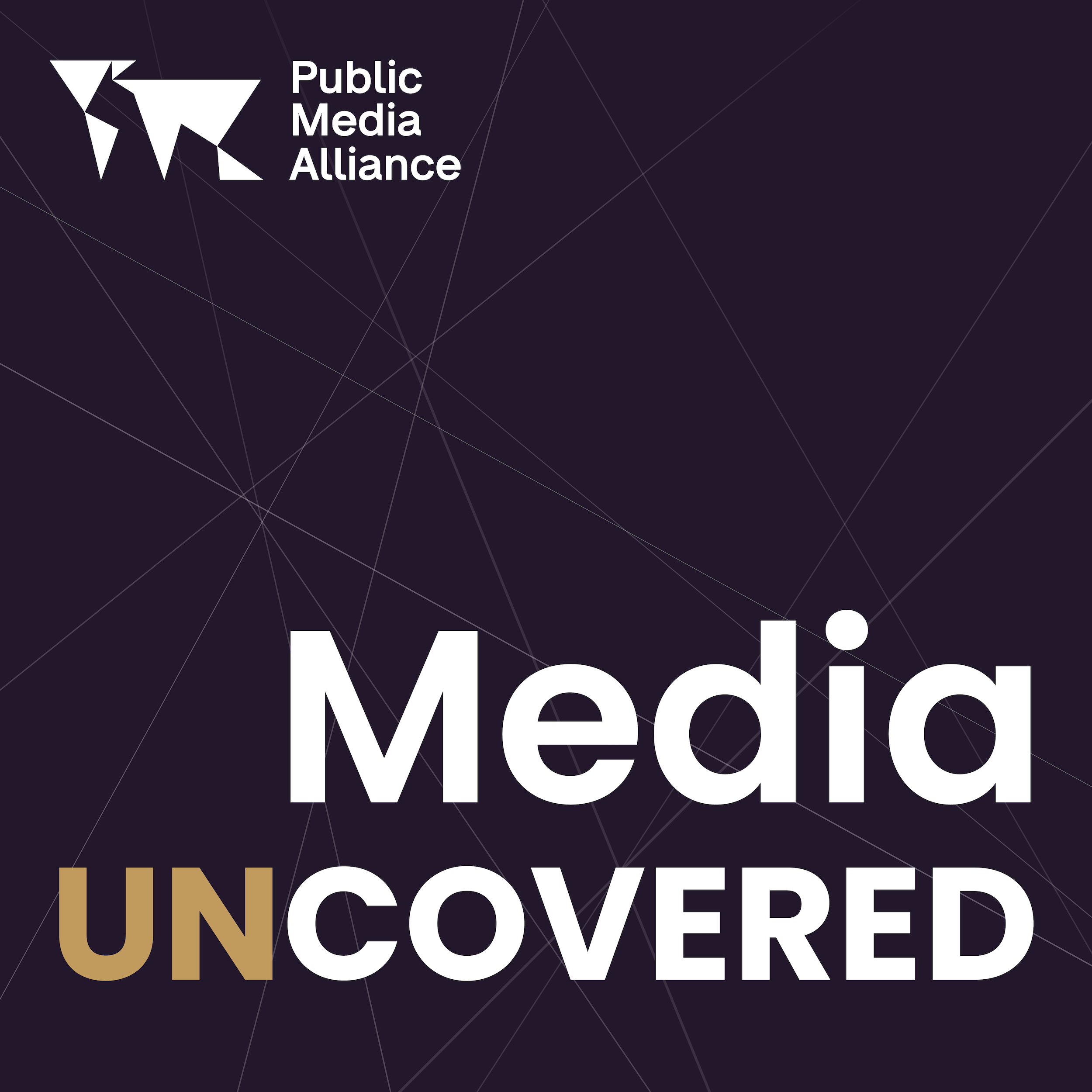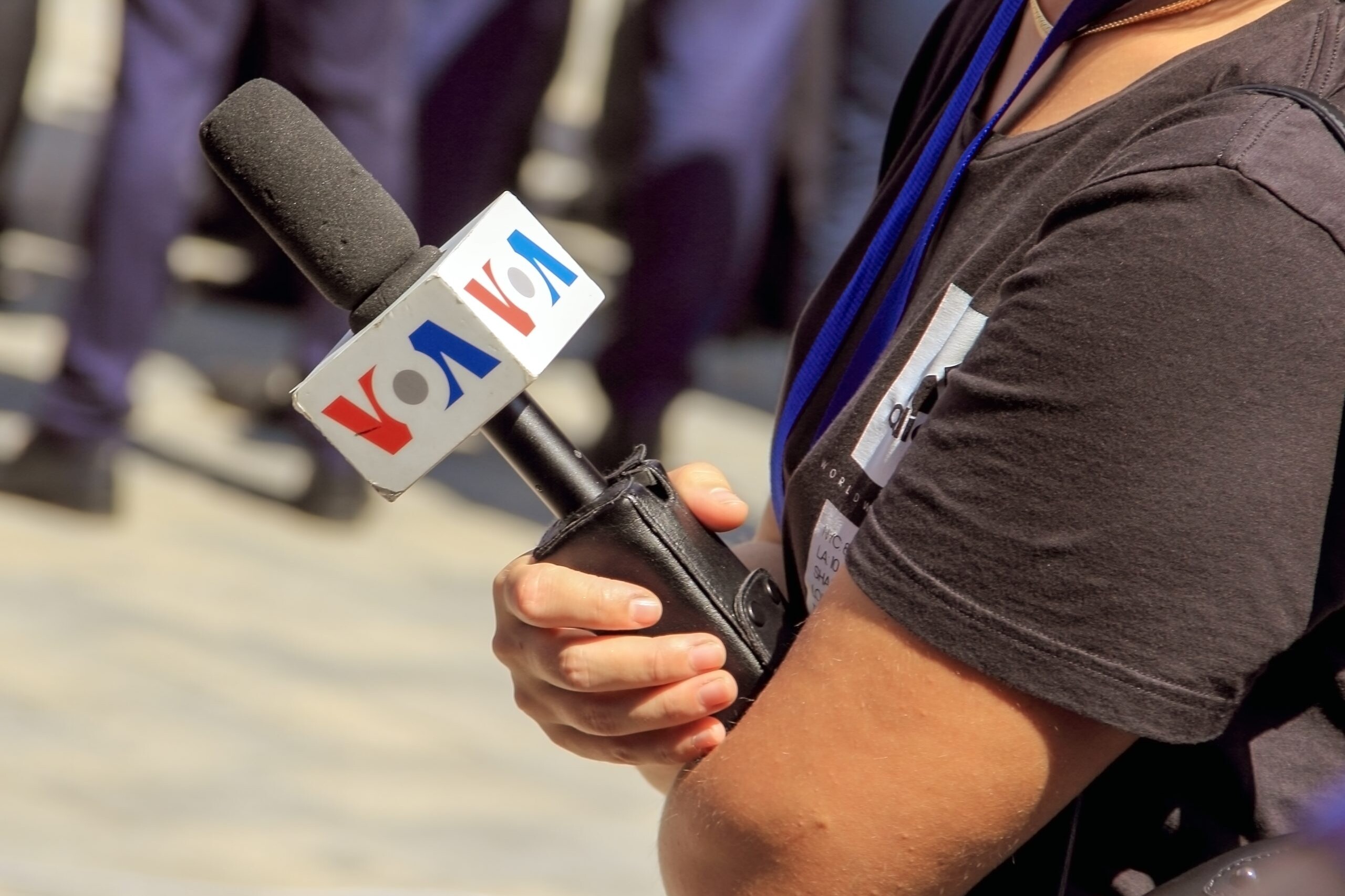ANALYSIS
Why USAID cuts highlight the role of public media
18 March 2025
In the wake of funding cuts for USAID and its impact on journalism around the world, public service media is needed now more than ever.

What happened?
On 20 January—his first day in office—US President Donald Trump signed an executive order imposing a 90-day freeze on all US foreign assistance, including more than US$40 billion of funding under the US Agency for International Development (USAID). The freeze was said to serve as a period of review for US foreign assistance.
Less than eight weeks later, the review is reportedly complete. On 10 March, Secretary of State Marco Rubio confirmed that 83% of USAID programmes had been eliminated, with surviving aid to be administered by the state department under a significantly narrower scope.
The US represents the world’s largest single source of foreign assistance, and this slashing of funding has massive implications for several sectors around the world – from health, where USAID funded programmes to fight epidemics, to the environment, where conservation efforts and clean water initiatives saved lives, and to the public interest media sector, where many independent news outlets are now facing an existential crisis.
The Global Investigative Journalism Network (GIJN) reports that the Trump administration’s abrupt freeze on USAID funding halted an estimated $268 million in committed grants for independent media and press freedom initiatives across more than 30 countries, including those under repressive regimes. USAID’s funding figures in 2023 translated to training and support for 6,200 journalists, assistance for 707 non-state news outlets, and support for 279 media-sector civil society organisations (CSOs) dedicated to strengthening independent media, RSF reported. In Ukraine alone, 90% of news organisations depended on USAID funding.
Though the exact numbers are difficult to measure, many news outlets and organisations have reportedly been forced to stop some of their activities overnight in the immediate wake of the freeze. “Some of the gravest immediate threats are being faced by exiled outlets and independent media in places such as Ukraine, Cameroon, and throughout Central America,” GIJN said.
Listen toour podcast
Uncovering and exploring the biggest
issues facing public media
Ripple effects
Beyond the existential crisis facing the media industry, the funding cut has had ripple effects. Notably, development experts warned that the unchecked exploitation of USAID systems by private sector agents poses a serious data security threat to journalists, with the risk of sensitive information – including the identities and activities of media workers, journalists, and human rights defenders involved in US-funded projects – potentially falling into hostile hands. This concern has already reared its head, with autocratic states being emboldened to request detailed information on previously-funded news outlets and NGOs and to raid civil society groups on spurious allegations of abuse of US funding.
The freeze has also brought with it increased attacks on the work of independent news outlets and media CSOs, and on the critical work these organisations do. For instance, Trump alleged that USAID had improperly allocated taxpayer funds to media outlets, claiming that the agency had given millions of dollars to organisations like Politico and the Associated Press. However, these allegations were debunked, with the funds in question actually being used for standard government subscriptions. For those organisations who did receive USAID funding, they have faced serious attacks on their independence and allegations of “journalism on sale” – with Elon Musk of the Department of Government Efficiency leading the charge. Such rhetoric has consequences. In the Dominican Republic, LatAm Journalism Review reported that unsubstantiated allegations of Dominican journalists receiving USAID funds have led to online harassment.
Meanwhile, the ripples are being seen in other alarming ways. In Namibia, the US Embassy recently raised concerns following its questions to The Namibian on the local newspaper’s affiliations with international news outlets, including the Associated Press and Reuters (both of whom have come under attacks from the Trump administration). The embassy said it was asked “not to subscribe to any media subscriptions that do not align with [US state department] goals, such as making America safer, stronger, and more prosperous, as well as ensuring the safety, security and welfare of the workforce, and fulfilling statutory or treaty obligations”.
Public media’s role in filling the vacuum
Now that the “review” of USAID is completed, it is left to be seen what the long-term impacts will be. This cut comes at a time when the sustainability of media environments is faltering, mis- and disinformation are growing, and threats to democracies around the world are pervasive. Cuts to the funding of independent public interest journalism leaves a vacuum and there are well-founded fears of who will fill this vacuum. The likely candidates are the propaganda machines of the Chinese and Russian states, which raises serious concerns.
It is here that a case for independent and well-funded public service media (PSM) must be made.
The USAID situation underscores the urgent need for strong, insulated, and well-funded PSM. Independent public interest media has long benefited from diverse funding streams, including international grants, direct public investment, and philanthropic support. The removal of one of these funding pillars – or, in USAID’s case, the removal of a significant funder – creates an imbalance that makes public interest journalism more vulnerable to market forces and political pressures and closures.
Public service media serve as crucial counterweights to the ever-growing influence of state-aligned, partisan, or commercially-driven news organisations. PSM organisations bring with them a plurality of voices in the media landscape, helping to underpin democracy.
While independent, donor-funded journalism has played an essential role in supporting press freedom in many regions, the USAID cuts make the presence of stable and publicly-funded media even more necessary – for audiences at home and abroad.
At the same time, other governments must step up their commitments to public service media and independent public interest media. Yet, in some countries, we are witnessing the opposite. In Switzerland, for example, there is a current proposal to cut federal funding for SwissInfo (SWI), and other international services of public broadcaster SRG SSR. These international services are not only critical for audiences within their base country, but for other countries where access to independent news is limited. Similar debates on funding cuts are unfolding in other democratic countries. Such reductions will only create more media vacuums, leaving space for malign actors to push propaganda and disinformation unchecked.
Notably, threats of funding cuts have a chilling effect on journalists, even in longstanding democracies and within newsrooms that have historically maintained a high level of editorial independence. For instance, the US Agency for Global Media (USAGM) has come under the scrutiny of the Trump administration, with an envoy labelling a Voice of America (VOA) – a USAGM entity – journalist’s social media post quoting criticisms of cutbacks at USAGM as “treasonous”. The envoy continued, “You don’t get to work against the official U.S. government policies while being paid by US taxpayers. You should be immediately fired.” The journalist has since been placed on “excused absence” while an inquiry is underway, The New York Times reported. While such pressure can undoubtedly lead to self-censorship, President Trump has now (14 March) issued an executive order to gut USAGM, placing nearly 1,300 employees of VOA on administrative leave and cancelling the contracts of other services such as Radio Free Europe/Radio Liberty (RFE/RL) and Radio Free Asia (RFA), with severe implications for journalist safety, press freedom and the availability of independent news and information for millions.

Of course, public service media are not without their own challenges, and there are worrying cases globally of editorial interference, state capture, and politically compromised public broadcasters. The Public Media Alliance (PMA) has reported extensively on instances where the independence of PSM has been undermined, whether through direct government interference, budget cuts, or regulatory pressures. However, at their best, PSM have the reach, infrastructure, and – very importantly – the trust to serve as pillars of democratic information ecosystems. Their values support accurate, balanced, and accessible reporting, and ensure that citizens are informed and engaged. It is no coincidence that autocrats often target public service media first, either by dismantling them outright or by systematically eroding their independence. When public media are attacked or compromised, they affect civic engagement, trust in institutions, and the overall health of democracy. Public media that are well-funded – with guarantees of continued and sustainable funding – are simply better insulated against attacks on their independence.
Recent research from the European Broadcasting Union (EBU) has also highlighted the correlation between PSM funding and performance and supports the urgency of securing adequate funding. The research shows that well-funded PSM consistently achieve better market positions and attract and serve audiences more effectively. The report found a strong positive correlation between per capita PSM funding and the ability of broadcasters to retain audience share in both radio and television. Simply put, well-funded public service media are better positioned to provide high-quality content that citizens trust and engage with. When financial constraints limit resources, PSM struggle to compete with commercial and digital alternatives, leading to a decline in audience reach and overall influence, which can act as further leverage for governments to defund PSM.
As the fallout from the USAID funding cuts continues, the need for resilient, independent public service media becomes even clearer, especially at times of election and as a trusted information lifeline during crises. If governments, the public, and other actors fail to protect and invest in these institutions, they leave open dangerous voids that will be filled with authoritarian narratives and disinformation. But while supporting PSM is an important part in ensuring and protecting a trusted flow of news and information amid the gap created by the cuts, it is essential that they are also part of a plural media environment bolstered by an array of independent news outlets – many of which are supported by philanthropic means. This is inherently good for democratic society, and why this call is not just about protecting journalism; it is about safeguarding democratic values at a time when they are needed the most.
Related Posts
17th March 2025
USAGM cuts imperil journalism and news availability, PMA warns
The dismantling of USAGM will threaten…

